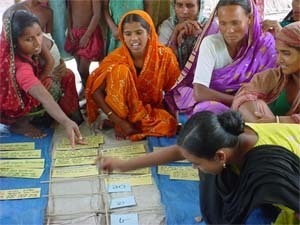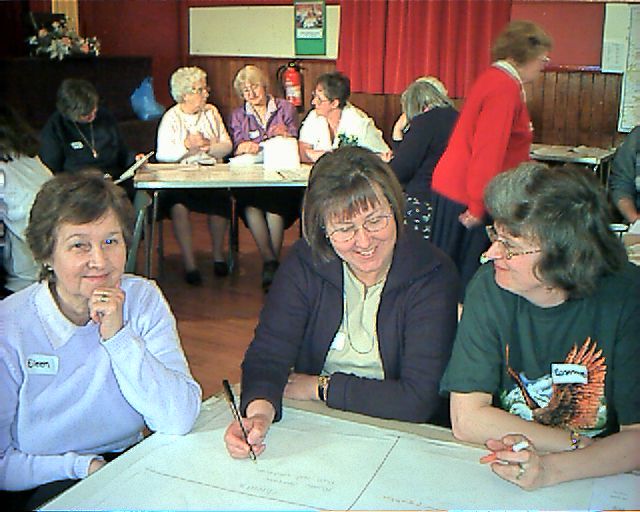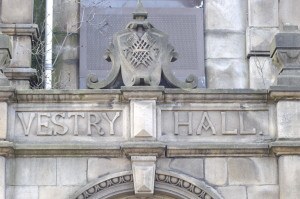Finding Followers
The next question on the circuit questionnaire is about finding followers. Every business or cause seeks people who may become customers or active supporters. Many people, interested in your business or cause, do not commit to it as a customer or activist.
I’ve sat in many meetings where people complain they cannot get supporters to become active members. I spoke to someone the other day who offers a monthly free event for a local group and they have a mailing list of 600 from which about 15 turn up for meetings.
That is a conversion rate of 1 in 40! How can you improve this? It suggests the meetings will increase by 1 person for every 40 who join the mailing list. Are there ways to encourage more people on the list to attend the meetings? It will still be necessary to build the list because there is likely to be a turnover as new people become interested in the meetings and others lose interest.
So, if cake decorating is your thing, who do you want to follow your group? Are you looking for people interested in cake decorating technique or designs for cakes, or recipes for cake and icing? Or what about people who enjoy looking at beautiful cakes (or eating them!). Or a more specialist group around a type of cake (eg cupcakes (formerly known as buns)) or particular techniques or types of icing.
So, your global proposition might be “All things cupcake!” if you specialise in cupcakes. But what if you’re actually more interested in the right cupcake for the job? The way you present cupcakes at a wedding will be very different to the display for a children’s party. Your global proposition might focus on the celebration and finding the right cupcakes for it. Alternatively, how many jobs in various business networks does a cupcake business support?
Promotion of ingredients and the tools of the trade on the one hand and enhancing formal celebrations on the other might suggest a business that values its impact on the local economy. A cake shop, for example, that specialises in special events might value its impact on the local economy. Everything from the supplies it uses, to the impact on local parties, the increased footfall in the area as people go there to get the cupcakes they need (if anyone ever actually needs a cupcake).
My followers
My aim is to build a list of followers through my website. I have an ebook (see below) as an incentive and my invitation is to join the conversation. People on my list receive a weekly blog update and I hope this will result in comments about experiences and insights about local economies and how they can be supported online.
This will be a place to share ideas and insights with like-minded people. If you commit to a project you will have many ideas and most of them are lost because there is no time to implement them. Shared, they may inspire others to action.
One thing I’ve noticed in reviewing these thoughts, is I have not promoted joining my email list to local contacts. This would be a means to keep in touch and build the local dimension. Maybe with more local groups, I can encourage more participation on my website.


